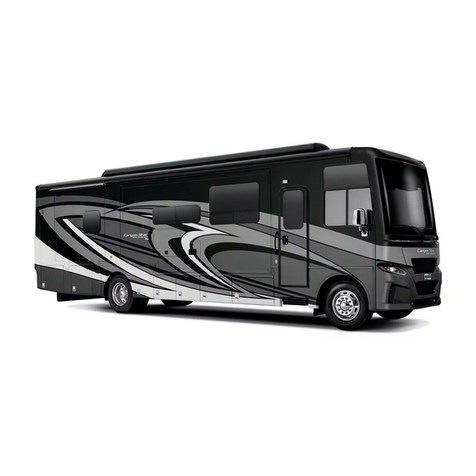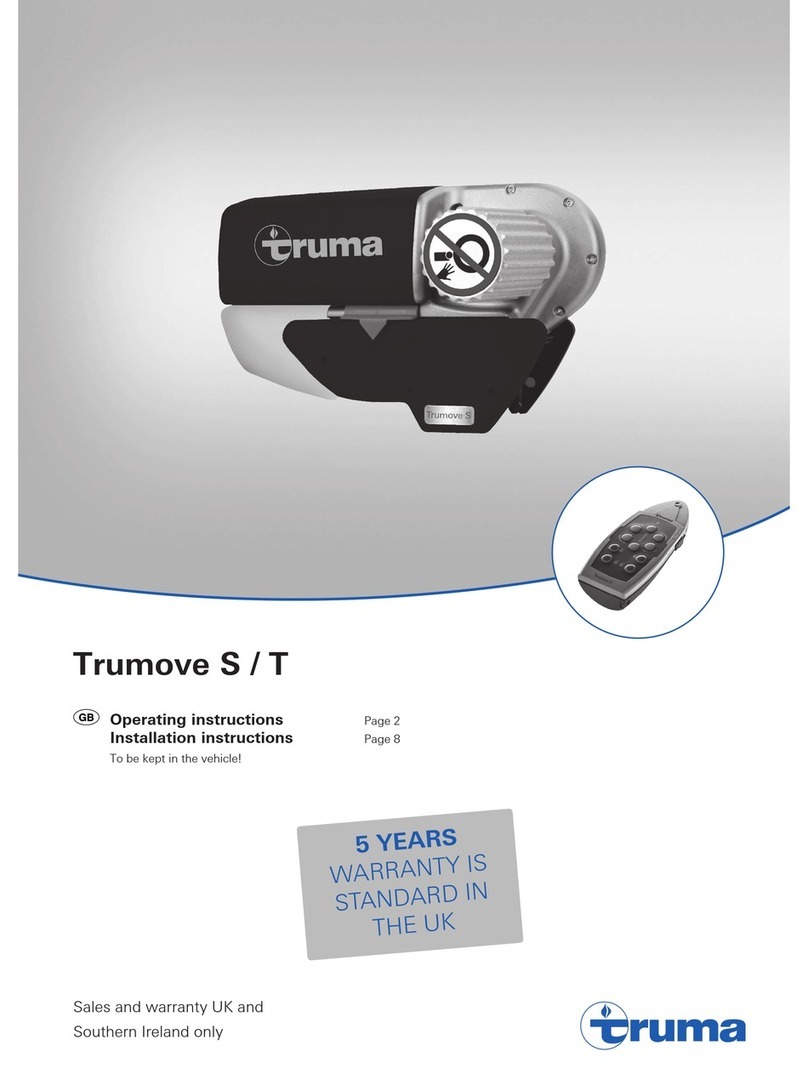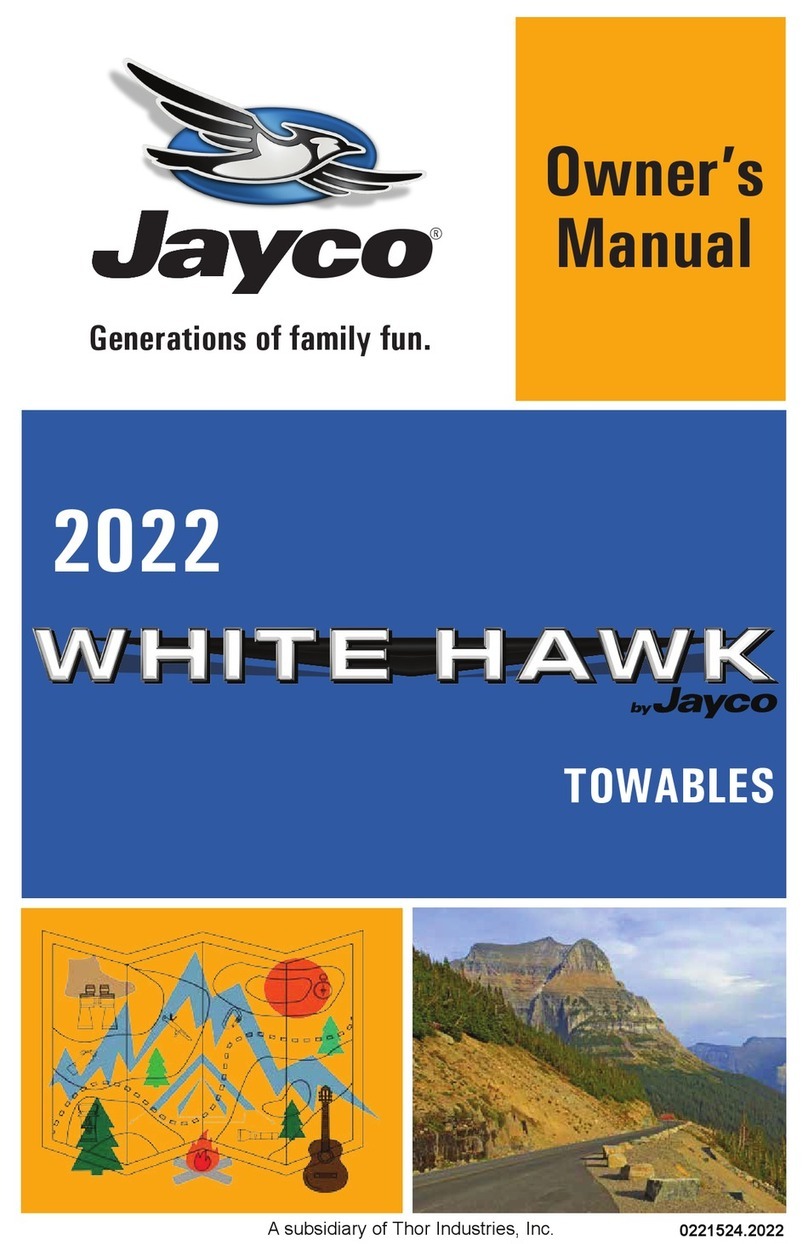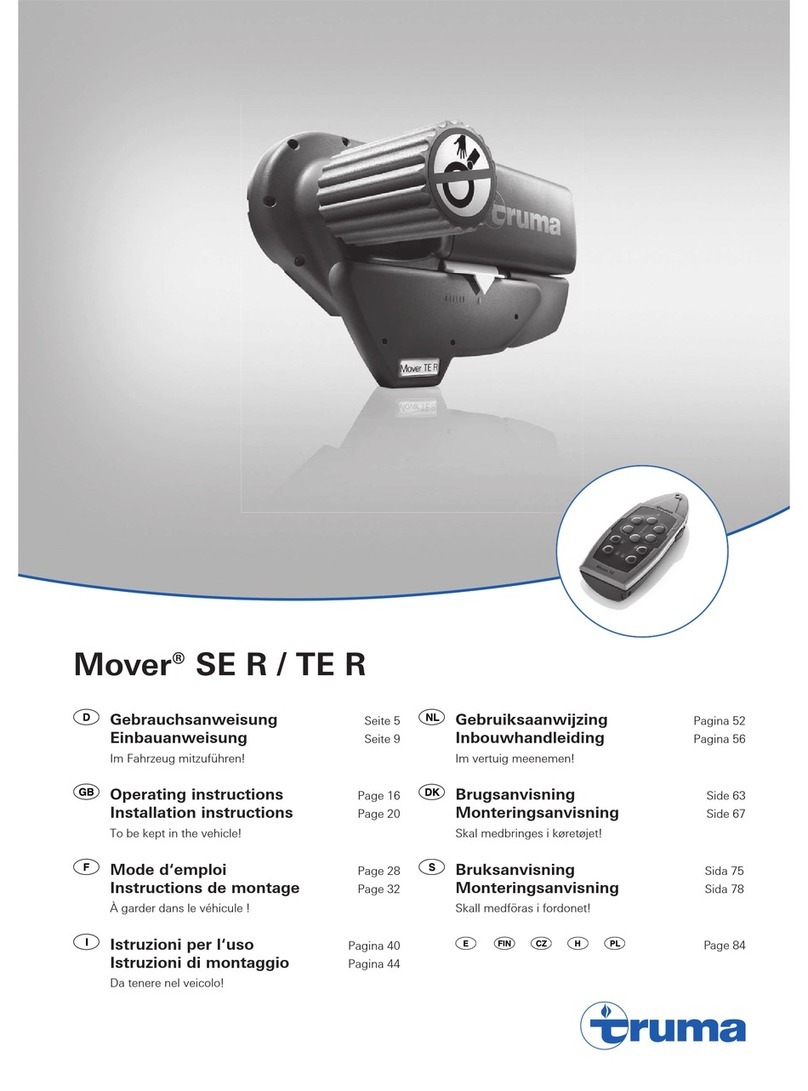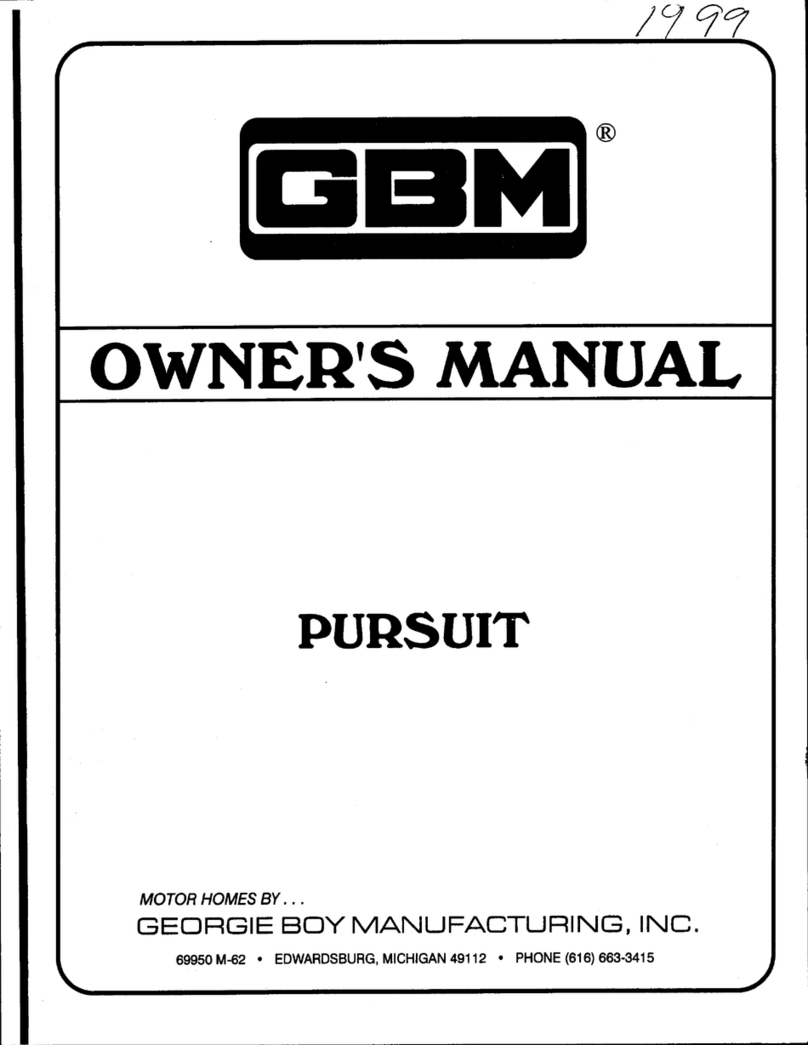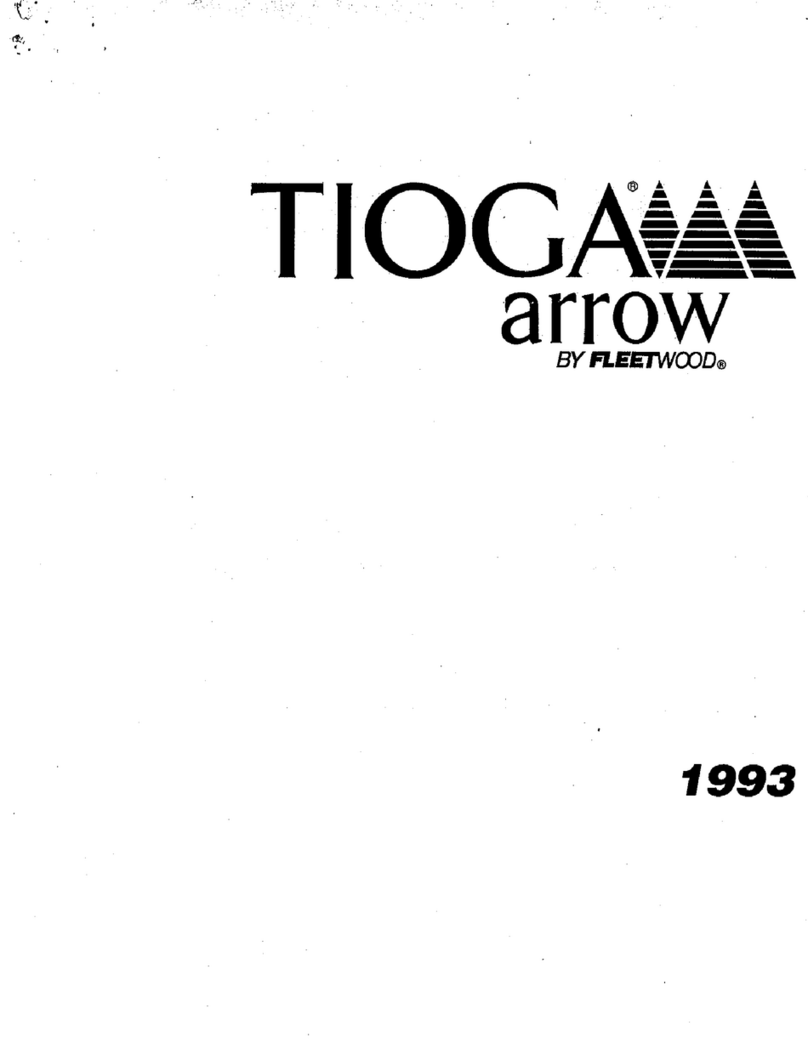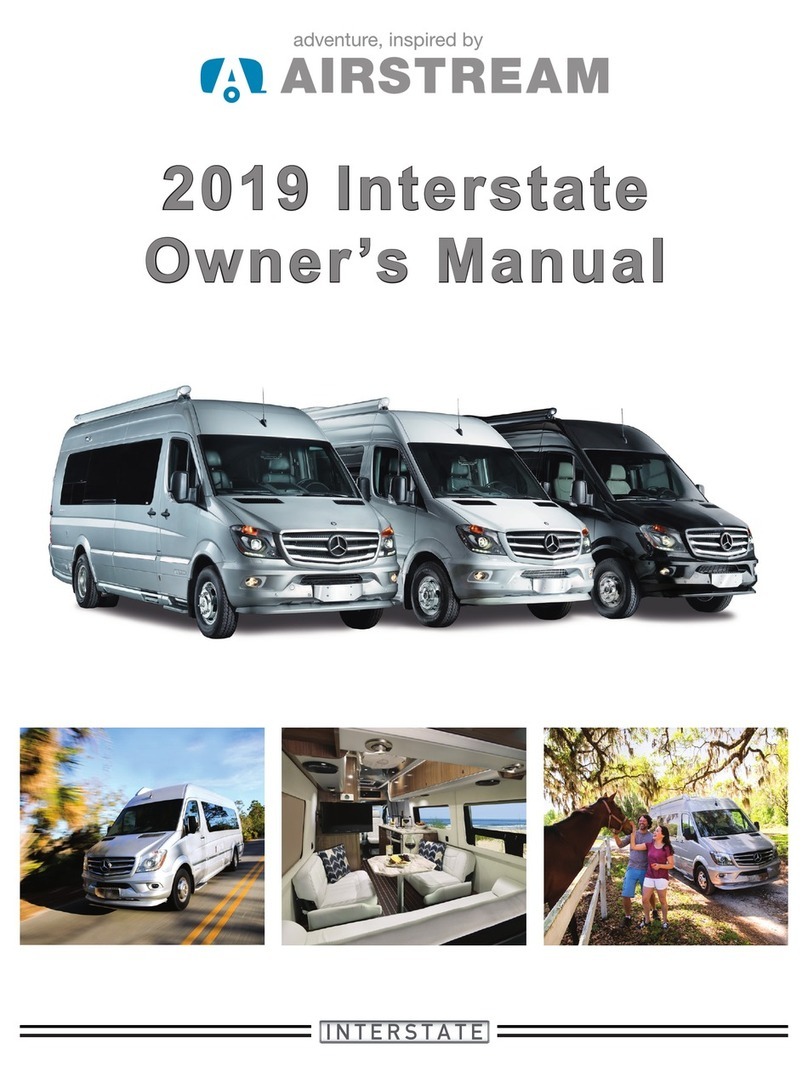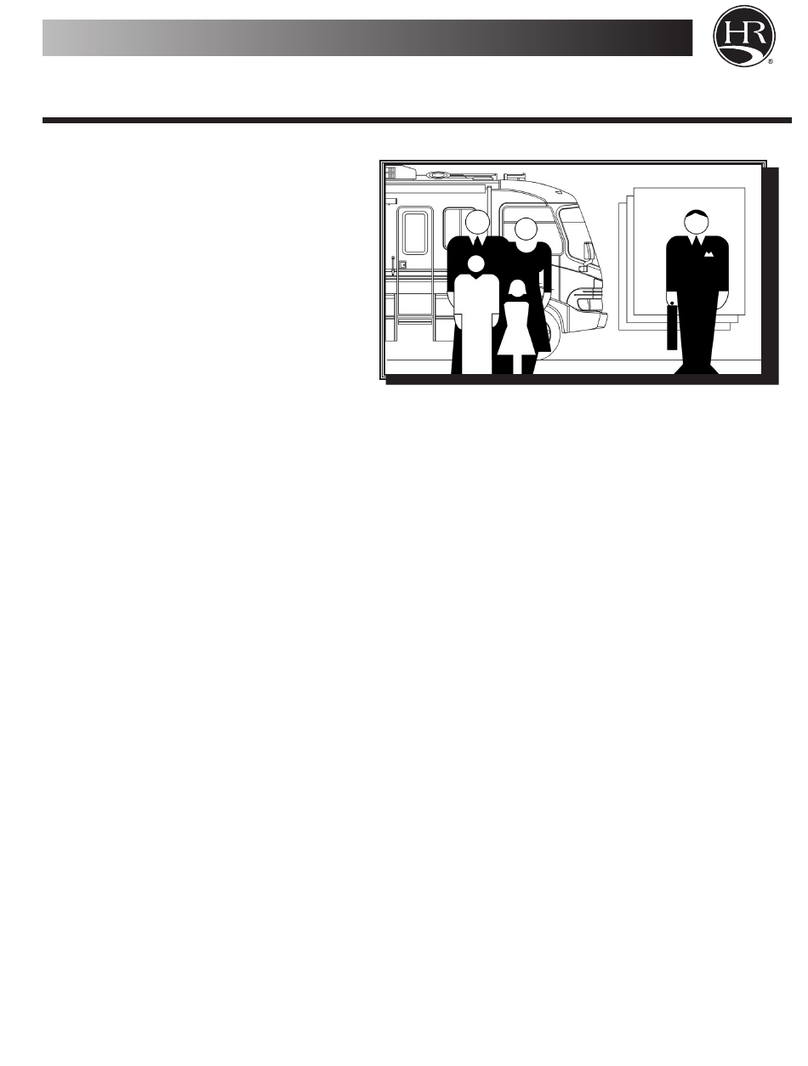
2:4 2006 Essex by Newmar
•The cruise control is not to be operated on icy roads, extremely wet roads,
winding roads, heavy traffic, or in any other traffic situation where a
constant speed cannot be maintained.
•While driving on slippery surfaces, use care when accelerating or
decelerating. Skidding and loss of vehicle control may be the result
of abrupt changes in speed.
•Driving through water deep enough to wet the brakes may affect the
stopping distance or cause the vehicle to pull to one side. If you have
driven through deep water, check the brake operation in a safe area to
be sure they have not been affected. Never operate a vehicle if a difference
in braking efficiency is noticeable.
•Extreme terrain and adverse weather may affect the handling and/or
performance of your vehicle. Please refer to your chassis manual for
related information.
Dash Instrumentation and Controls
The dash in your new Essex is designed to be ergonomically efficient as well
as aesthetically pleasing. It features instrumentation that allows you to monitor
the engine, chassis, and power train as you drive. Warning and status lights
alert you to conditions that require your attention, and switches, buttons, and
accessories are positioned at your fingertips. All dash gauges are “back-lit” for
enhanced visibility during night driving. The gauges are arranged as follows:
Left Cluster:
Voltage: Displays DC voltage at the chassis battery terminals. Note that some
variation in the readings on this gauge is normal. With the ignition key in the
“run” position, but the engine shut off, it will read chassis battery voltage.
If the engine is running, the voltage displayed reflects the DC voltage being
supplied by the engine alternator as measured at the chassis batteries.
Fuel: Displays the approximate level of fuel left as a fraction of a tank
(“Full”, “3/4”, “1/2”, “1/4”, and “Empty”). Note that accuracy of this gauge
is greatly influenced by motion of the unit, or sloped terrain. The readings
are an approximation of the remaining fuel in the tank.
Front Air Tank: Displays the air pressure in the front air tank. The normal
operating range for this air system is 90 – 125 PSI. Air from the engine
mounted compressor fills the tank when the engine is running. The air is used
to inflate air suspension bags, and to operate the air brakes on your Essex, as
well as any other air powered accessories.



































